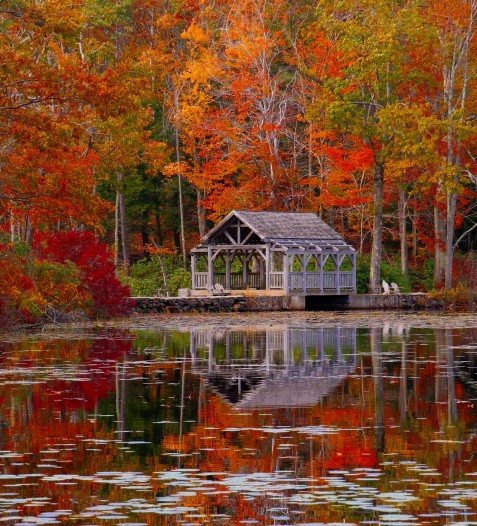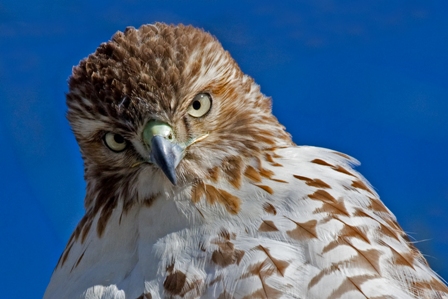 The air in Massachusetts is feeling crisp, and the leaves are beginning to turn, just in time for the autumnal equinox (when the day and night are of equal length), which falls on Saturday, September 22 this year. I love the first cool breeze, always eager to wrap myself in a cozy sweater, sip a hot cup of tea with honey, and wander through the woods.
The air in Massachusetts is feeling crisp, and the leaves are beginning to turn, just in time for the autumnal equinox (when the day and night are of equal length), which falls on Saturday, September 22 this year. I love the first cool breeze, always eager to wrap myself in a cozy sweater, sip a hot cup of tea with honey, and wander through the woods.
Then again, what’s not to love about autumn? With so many incredible things taking place in nature, I savor every day before the first snow. Here are just a few things to look forward to.
1. Topping my list of fall favorites is New England’s famous foliage, a painter’s palette of lingering green, bursts of yellow, red, purple, orange, and deep brown. From the peak of a hill or a mountain, looking out at an expanse of color is a stunning reminder of just how amazing nature is. Mass Audubon is offering some especially fun canoe trips throughout the season, a great way to see the color change.
2. Some of the most delicious vegetables and fruits are ready for harvesting in autumn including apples. Many orchards offer pick-your-own, which is a wonderful way to spend an afternoon outdoors with friends, family, or simply with the quiet calm of nature. Other autumn crops are pumpkins, corn, and root vegetables such as carrots, beets, potatoes, and turnips. Grab a cup of hot apple cider, and head to your nearest farm or wildlife sanctuary, carve a pumpkin (Moose Hill and Oak Knoll sanctuaries are hosting pumpkin carving activities!), and pick-your-own pumpkins or potatoes!
3. We’re not the only ones enjoying a fantastic harvest this year. We’re seeing an abundant acorn crop, which means that chipmunks, mice, rabbits, and squirrels are busy harvesting as many acorns as possible before the winter. If the little guys are well fed, the winter will be a good season for predators such as owls, red-tailed hawks, foxes, and coyotes, too
4. Some of the best creature-watching takes place in the fall, especially as the trees shed their leaves. One of my favorite fall migrants is the common nighthawk. Not actually a hawk at all, the nighthawk can be seen migrating in flocks at dawn and dusk, typically through the beginning of October. Look to the sky just after sunset and you may see some flying overhead (hint: they’re shaped like bats earning them the nickname bull-bat). September and October are also great times to observe monarch butterfly migration, as these milkweed butterflies head south to Mexico. Throughout the season, you can enjoy great bird-watching as many different species pass through.
5. Finally, the clear night sky is best in autumn. On September 29, Uranus will be at opposition, meaning that the planet will be at its closest to the Earth, with its face fully illuminated by the sun. It will appear as a beautiful blue-green dot. Don’t forget to look out for the harvest moon, which is the first full moon of the season, on September 30. On October 20 and 21, we can look forward to the Orionids meteor shower, producing an average of 20 meteors per hour at its peak. Join a program and turn an eye to the sky this autumn!
What’s your favorite thing about fall? Tell us in the comments.
Photo © Debbie Stone Text by Emma Evans


